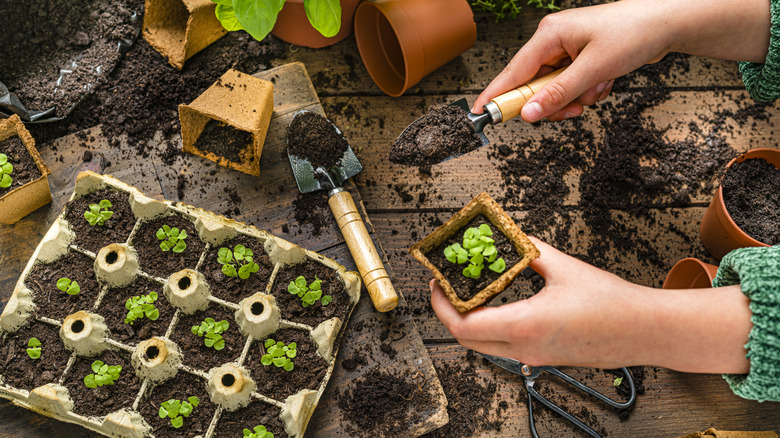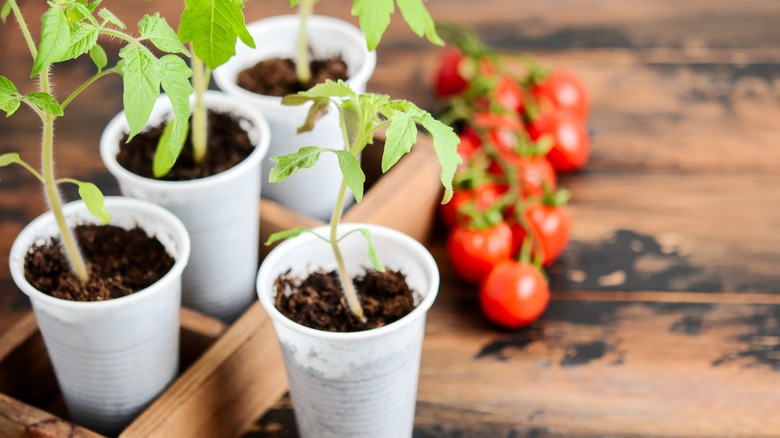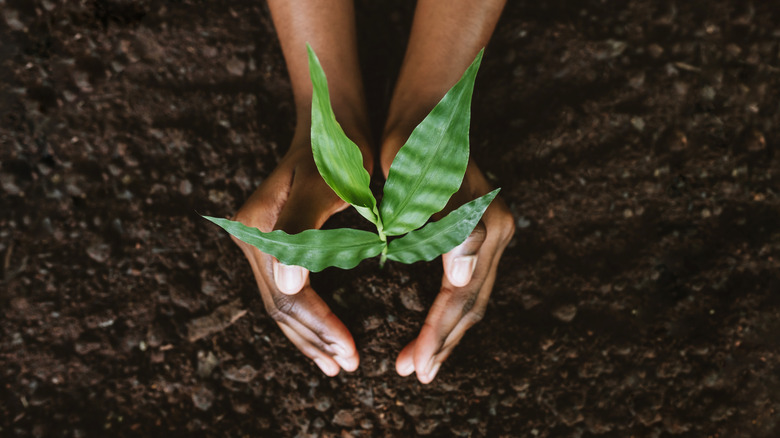When Should You Start Fertilizing Your Seedlings?
When growing seeds from scratch, it's important to know how and when to fertilize them. Fertilizing seedlings is necessary to ensure they have the right amount of nutrients for optimal growth without overwhelming or damaging their delicate root systems. When the seedlings have developed their first set of true leaves, they are often considered ready for fertilizer. True leaves are actually the second set of leaves that emerge after the first pair of seedling leaves (known as cotyledons). Their appearance indicates that the seedling has started to develop its root system and can efficiently absorb nutrients in the form of fertilizer.
Regular observation of the seedlings is important because this will indicate when they are ready for fertilizer. Typically, seedlings that have reached a height of three inches need a gentle fertilization boost. Always apply fertilizer with caution, heeding any package instructions, and be mindful of the seedlings' specific needs to ensure their healthy development into full robust plants.
Consider your seedlings' nutrient needs
The primary nutrients needed for healthy plant growth are nitrogen, phosphorus, and potassium. The ratio of nutrients should be adjusted based on the seedling's developmental stage to provide the maximum impact. For example, in the early stages, seedlings can benefit from higher levels of phosphorus to promote root development, while nitrogen becomes more important for the seedlings to develop strong leaves for photosynthesis. Potassium plays a crucial role in overall plant health, disease resistance, and nutrient absorption. In this way, it's necessary to look at the balance of nutrients when purchasing fertilizers. A safe bet would be a balanced fertilizer with an equal ratio of nutrients to start with, and then adjusting the amounts of each nutrient based on the plant's needs as it grows.
Knowing the composition of the soil is important before adding any fertilizer to seedlings. Many store-bought potting soils contain fertilizer in them already, so adding more can be detrimental. Using seed-starter soil can also ensure fertilizer balance, as this soil is designed especially for delicate seeds and seedlings. Since seedlings can easily be overwhelmed by too much fertilizer, they require far less than the amount designated for mature plants. Typically, seedlings should receive about a quarter of the strength recommended for full-size plants. So if you do decide to supplement the seedlings with additional fertilizer, be sure to use less than the packaging recommends.
Environmental considerations before fertilizing
Account for environmental conditions to decide when to start fertilizing your seedlings. Temperature, light intensity, and moisture levels greatly impact nutrient absorption. Wait until the seedlings are healthy and growing in favorable conditions before applying fertilizer. Soil moisture is important for nutrient absorption – if the soil is too dry, the seedlings may struggle to absorb nutrients efficiently. On the other hand, excessively wet soil can lead to root rot and nutrient leaching, therefore, it is essential to maintain a consistent level of moisture in the growing medium for your seedlings.
Available light is another vital factor to consider as plants require sunlight in order to photosynthesize. Insufficient light can limit the seedlings' ability to utilize the nutrients available to them, resulting in stunted growth. Before introducing fertilizer, ensure that the seedlings are receiving sufficient light. If you plan to start your seedlings inside, placing them near a sunny window may not be enough, especially since north-facing windows do not receive direct sunlight. It might even be necessary to use a grow light, so your seedlings will be able to effectively utilize any added fertilizer.
Finally, temperature affects nutrient availability and uptake. Cooler temperatures can slow down nutrient absorption, while warmer temperatures can enhance it. Provide a suitable temperature for the seedlings, usually around 70 degrees Fahrenheit, — if your grow space is too cold, consider adding a heating pad beneath the pots to allow them to better access their fertilizer.


